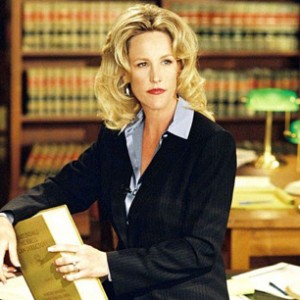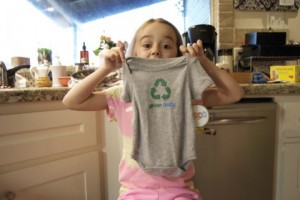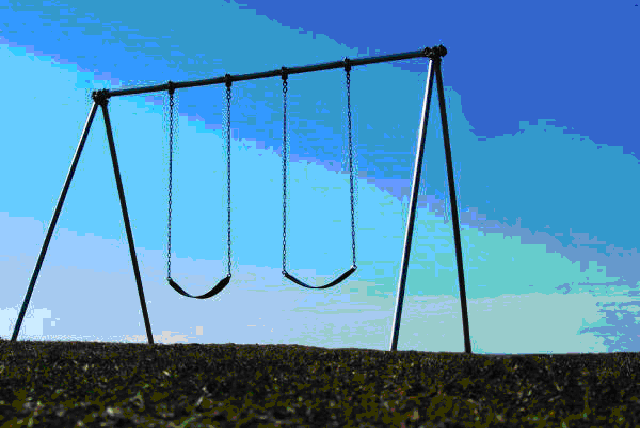Chemicals below Le Roy High School?
 Environmental star Erin Brockovich has another issue on her hands, and Julia Roberts is nowhere in sight. Erin was contacted by parents of students who attend Le Roy High School in Western New York and the story goes much like the script did: solving a chemical cover up.
Environmental star Erin Brockovich has another issue on her hands, and Julia Roberts is nowhere in sight. Erin was contacted by parents of students who attend Le Roy High School in Western New York and the story goes much like the script did: solving a chemical cover up.
The students at Le Roy High School were experiencing symptoms indicative of “conversion disorder” which effects neurological skills and basic motor functions. Many of these students that have been mysteriously afflicted have been girls, with only one boy coming forward with the symptoms. A UVM psychologist has commented on these symptoms, and many other medical professionals have grown more aware of the strange cases and site the environment as the main culprit. While some people are saying that this is purely a psychological issue that has been perpetuated by the media frenzy, other parents and students aren't too convinced.
Although tests were done within the school, and they were found to be inconclusive, Brockovich has ventured outside-and has found scary results. Her research has uncovered that the school was built close to a train accident that spilled both cyanide and trichloroethene, which has seeped into the ground and possibly into surrounding water sources. These chemicals can produce similar effects seen in the students, and the EPA has full documentation showing chemicals were spilled there in the 1970s. After testing the soil around the school, Brockovich’s representatives were escorted off the premises, and the local legislature refuses to make more comments on the developing case.
Brockovich intends to get to the bottom of this, and many concerned parents hope she does. These chemicals are seriously harmful, and the effects are already being seen in a few young girls, many other students may also be accumulating the toxins without any physical manifestations. Some psychologists say that this is an "emotional" disorder, but for many students the effects are real and degenerative. Brockovich cites the toxic spill as the main culprit, and aims to debunk the idea that this is anything but an environmental, toxin-inducing disease. While more research is needed, this is an issue that needs to be addressed quickly, efficiently, and with experience.







 A study by the Environmental Working Group revealed
A study by the Environmental Working Group revealed